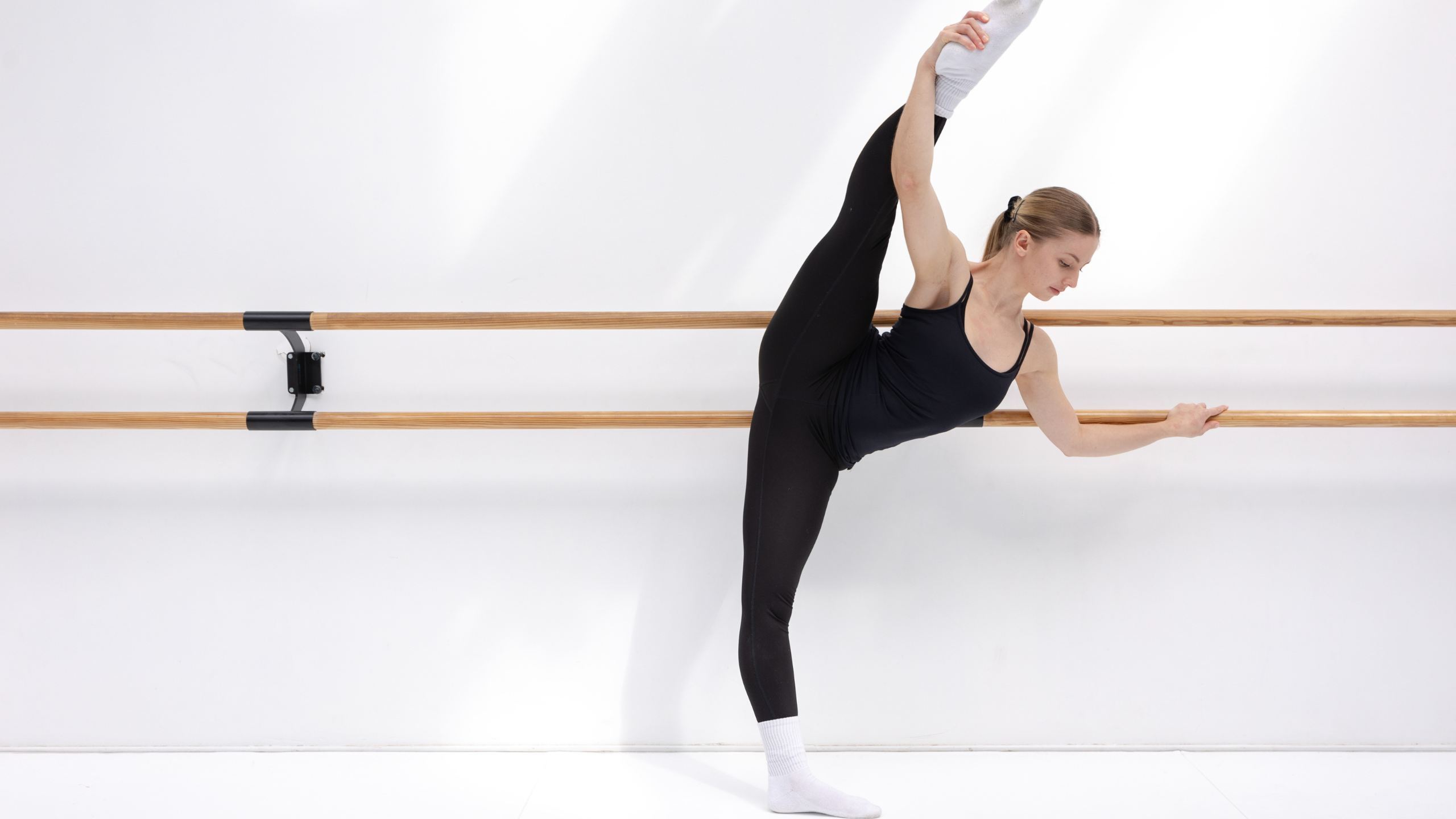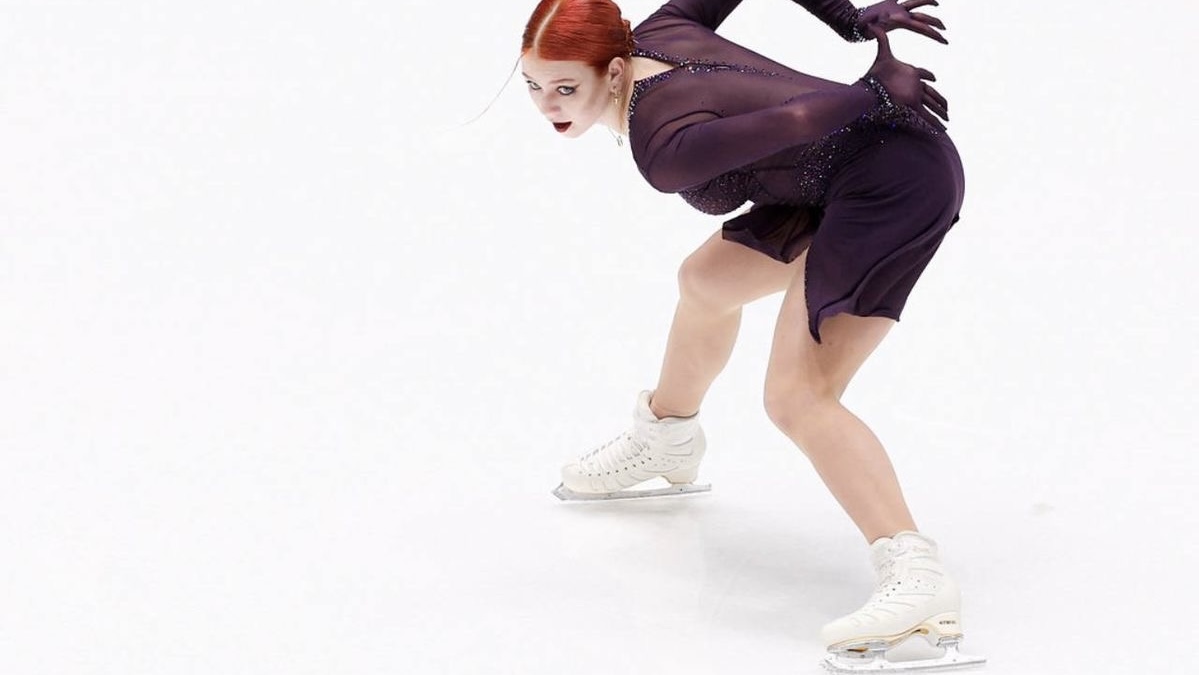January 15, 2025
Alexandra Trusova Expecting a Child
April 28, 2025

Ballet is an art form that demands unparalleled physical precision, mental focus, and emotional expression, placing unique demands on a dancer’s body and mind. Amid rigorous training, performances, and rehearsals, sleep often takes a backseat, yet it is a cornerstone of a ballerina’s success. Adequate sleep enhances recovery, sharpens technique, and prevents injuries, making it as essential as daily practice. Backed by sleep science and tailored for ballerinas, this article explores how long dancers should sleep, why it’s vital, and practical tips to optimize rest for peak performance.
Ballerinas, like other elite athletes, require 7–9 hours of sleep per night, with many benefiting from the higher end of this range due to the intense physical and mental demands of their craft. A 2019 Sports Medicine study found that athletes performing high-intensity activities, such as ballet, show optimal recovery and performance with 8–9 hours of sleep. Younger dancers (teens to early 20s) may need closer to 9 hours to support growth and cognitive development, per the National Sleep Foundation. Additionally, naps of 20–30 minutes can supplement nighttime sleep, especially during demanding rehearsal periods or performance seasons, as a 2020 Journal of Sports Sciences study noted a 15% boost in alertness from short naps.
Sleep is a non-negotiable foundation for ballet performance, impacting physical recovery, mental clarity, and emotional resilience. Here’s why it’s indispensable:
Ballet’s repetitive movements—grand jetés, pirouettes, and pointe work—strain muscles, joints, and connective tissues. During deep sleep, particularly in the non-REM stages, the body releases growth hormone, which repairs microtears in muscles and strengthens tissues. A 2021 Journal of Applied Physiology study found that 8 hours of sleep increases muscle recovery by 20% compared to 6 hours, reducing soreness and fatigue. For ballerinas, this translates to stronger extensions, cleaner turns, and reduced risk of overuse injuries like shin splints or stress fractures, which affect 20–30% of dancers annually (Journal of Dance Medicine & Science, 2018).
Sleep deprivation impairs coordination and reaction time, increasing injury risk. A 2019 British Journal of Sports Medicine study showed that athletes sleeping less than 7 hours per night are 1.7 times more likely to sustain injuries. For ballerinas, who rely on precise footwork and balance, even minor lapses in focus can lead to ankle sprains or falls. Adequate sleep enhances proprioception—the body’s sense of position—ensuring safer landings and smoother transitions during complex choreography.
Ballet requires memorizing intricate choreography, executing split-second timing, and maintaining stage presence. Sleep consolidates memories and strengthens neural pathways, critical for learning and refining dance sequences. A 2020 Neuroscience Letters study found that 8 hours of sleep improves cognitive performance by 15%, enhancing focus and decision-making. For dancers, this means sharper recall of corrections, better musicality, and the ability to perform under pressure, whether in class or on stage.
The emotional demands of ballet—conveying stories through movement and coping with performance anxiety—require mental stamina. Sleep regulates mood and stress hormones like cortisol. A 2018 Journal of Happiness Studies study noted that sleep-deprived individuals report 20% higher stress levels, which can dull a dancer’s expressiveness or lead to burnout. Well-rested ballerinas project confidence and emotional depth, elevating their artistry in roles like Giselle or Odette.
Ballet classes and rehearsals often last hours, demanding sustained energy. Sleep restores glycogen stores in muscles, the primary fuel for high-intensity movement. A 2019 International Journal of Sport Nutrition study found that 8 hours of sleep improves endurance by 10–15% compared to 6 hours. For ballerinas, this means maintaining stamina through long variations or partnering work, avoiding the fatigue that compromises technique.
Ballerinas often face obstacles to adequate sleep, including:
Addressing these requires intentional strategies to make sleep a priority.
For ballerinas, sleeping 7–9 hours per night—ideally closer to 9 during intense training or performance seasons—is critical to excel physically, mentally, and artistically. Sleep drives muscle recovery, prevents injuries, sharpens focus, enhances emotional expression, and sustains energy, making it a vital component of a dancer’s regimen. By prioritizing consistent schedules, creating restful environments, and managing stress, ballerinas can harness sleep’s power to elevate their technique and stage presence. Treat sleep as an essential part of your training, and watch it transform your performance, from the studio to the spotlight.
By Vitalina Andrushchenko, Staff Writer

January 15, 2025
Alexandra Trusova Expecting a Child

December 26, 2024
2025 World Junior Championship Schedule

October 28, 2024
Thompson Blasts NHL’s Hardest Shot in 4 Seasons!